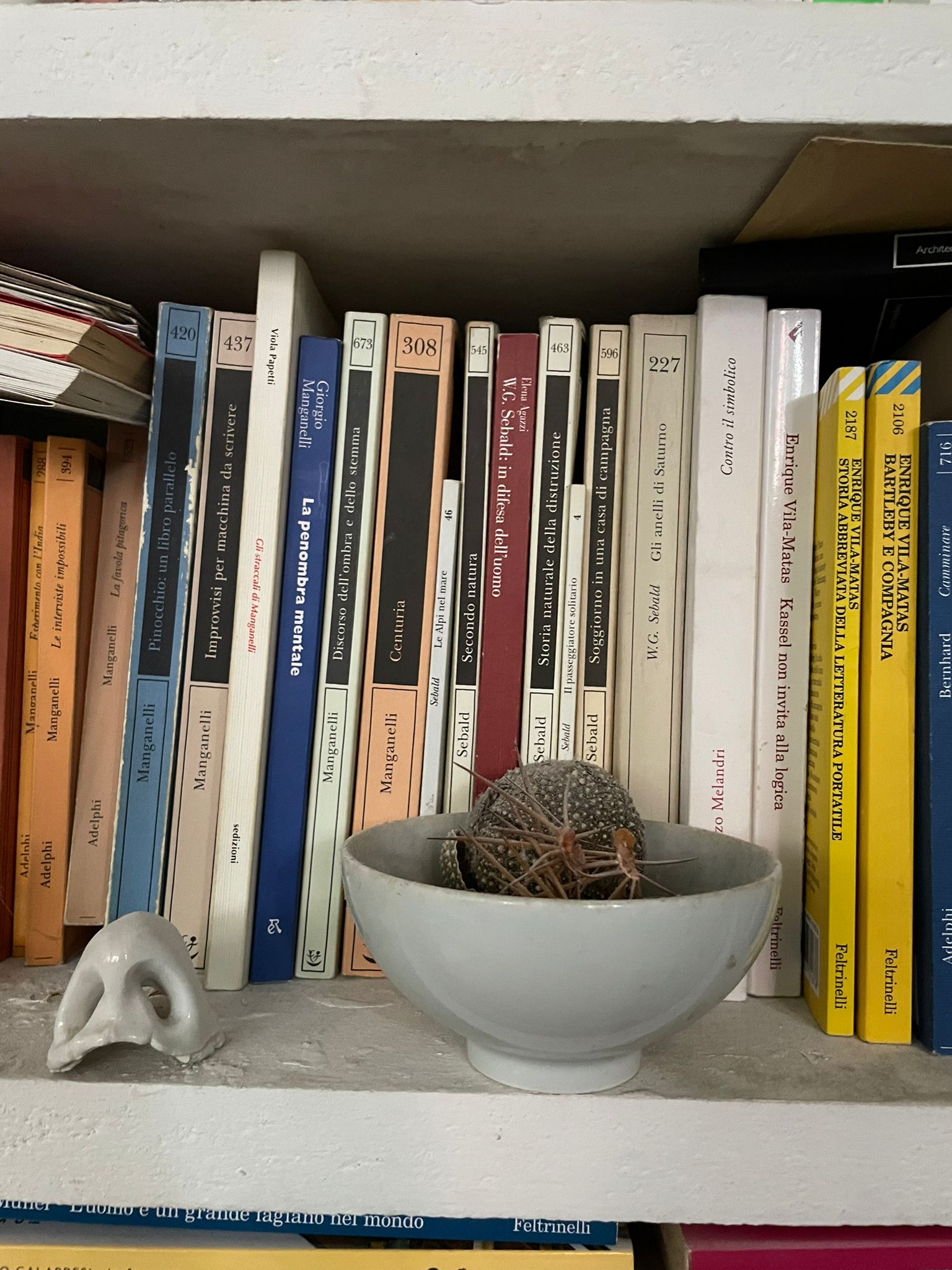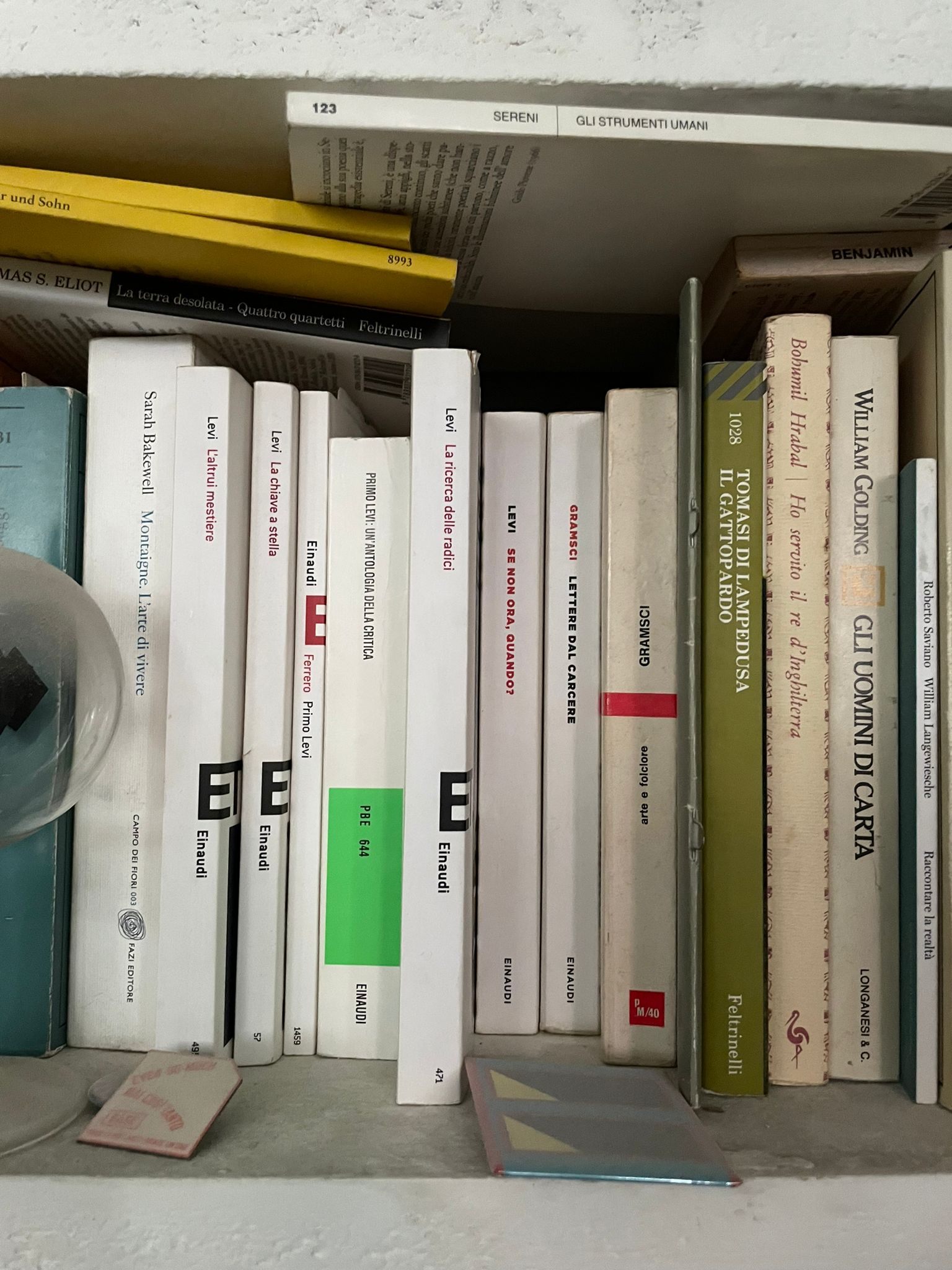
For you, what role does the artist have in society? Thinking also of your experience as a teacher, where you deal with dozens of young artists, what role can art play, especially in a person’s training phase?
I think in order to understand our present, to understand who we are, and where we come from, we need to be always moving and seeing ourselves from the outside. It’s always helpful to think of ourselves in a much larger context than we do on a day-to-day basis; our needs and desires, like our bodies, have a history that goes back thousands of years. Homo Sapiens have been on this earth for at least 130,000 years, so to try to be an interesting artist you need to ask yourself what art was 4,000 years ago, or 10,000 years ago, to understand what and how it will be the day after tomorrow, or in 5,000 years.
Art is born with the burial of the dead and with the awareness of death, as a way to deal with those things we don’t understand or that seduce us and that we would like to understand better. Sol LeWitt said that conceptual artists are mystics, and he was right. Not in the smoky sense of the term, but because they fearlessly look into the eyes of things that sooner or later someone has to look at. Art was born in the caves, from the need to understand things that were not known to be mastered: lightning, eclipses, stars…. Today the same thing happens to us, when we confront technology, which is a cell phone but which is also the bacteria that live in our bellies. To understand who we are, we have to understand the matter that determines us, as well as the stories we tell ourselves. Working with art is a privilege, because it allows you to have a space to share with others the things you wouldn’t be able to touch on your own, in a community made up of our ancestors but also of those who will come in a very long time, in a place we can’t yet imagine.
Ciotole di Tempo, Dried and stabilised fruits and vegetables, wooden base and 24 carat gold leaf, perspex, okumè, 2021 ph. credit Giulio Boem
Has the past year of pandemic and lockdown changed your research and artistic practice, your vision as an artist? In some of your recent works, the use of edible material has taken over and you have emphasised the process of transformation of the material, as in your latest series “Ciotole di tempo” (Time Bowls).
When you are pushed to the limits, you discover many things; like, for example, that art is about being able to communicate. To make art is to consciously say something, always running the risk of not being understood. I always give this example to my students: “Kangaroo”, as well as “Yucatan” mean “I didn’t understand” in local languages.
During the lockdown I remembered that art is about avoiding saying “Kangaroo”, but at the same time, it is also something you do mainly for yourself.
Let’s think about the caveman; he didn’t have an audience, except for himself, and the undefined energies he tried to mediate. That’s also what art is for, that’s a lesson I learned from the isolation we experienced. Today we live in a world of influencers and social media, with the constant pressure for immediate success, which certainly clashes with the rhythms of art. With the lockdown, everything has been skipped, it has been suspended, and the need to express oneself, which is quite different from communicating, has become emancipated from the public, becoming once again an intimate nourishment.




































